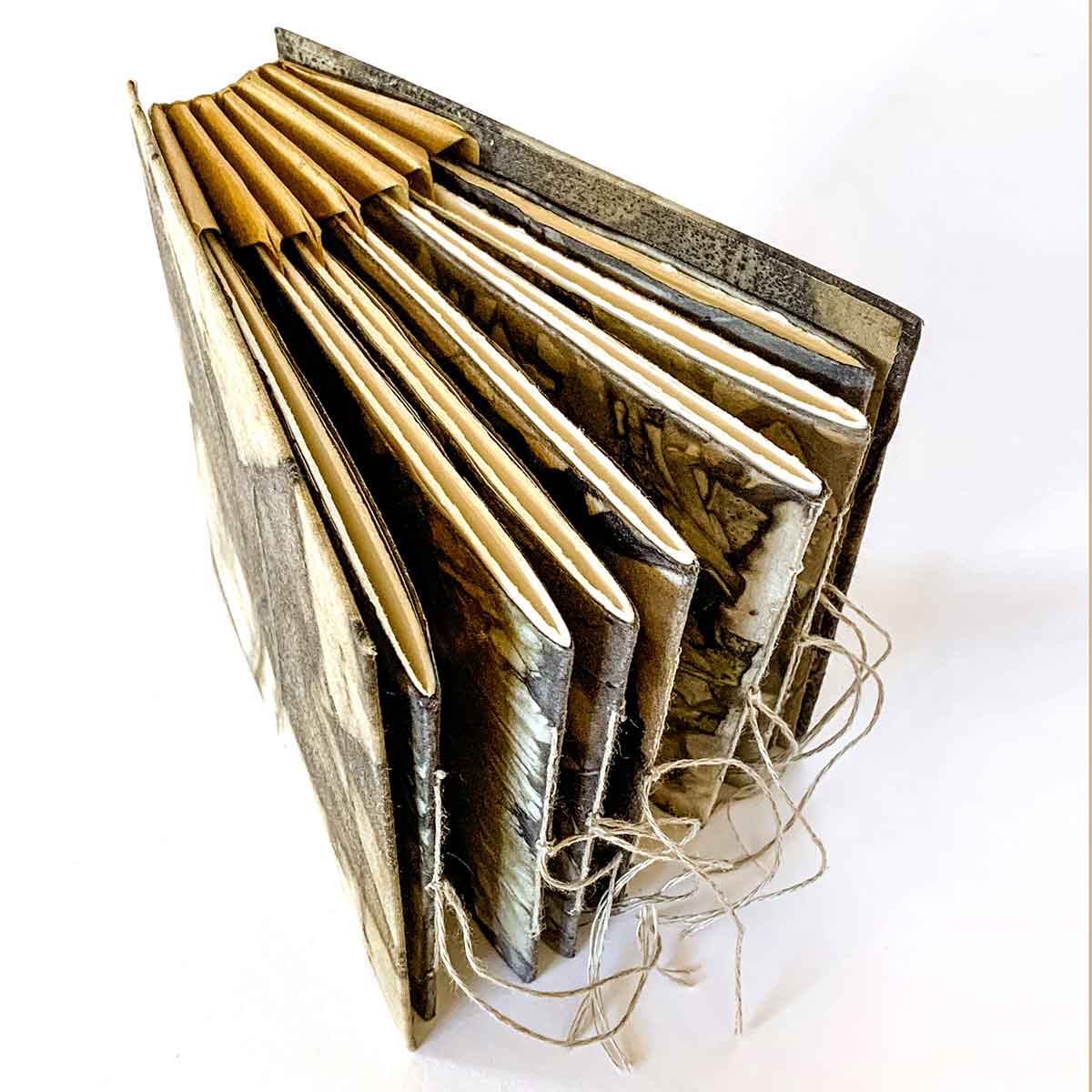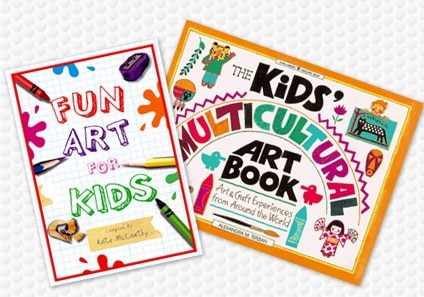Master Color Accuracy for a Premium art book Look
Master Color Accuracy for a Premium art book Look
Blog Article
Understanding the Refine Behind Premium Art Book Printing for Art Lovers
When it concerns top quality art book printing, recognizing the ins and outs of the process can raise your gratitude for the end product. You may not realize just how important paper option and ink choices are to the vibrancy of artwork. Each element plays a considerable role in accomplishing the wanted impact. As you discover the various parts of art book printing, you'll reveal insights that could change your viewpoint on art preservation and presentation.
The Significance of Paper Choice in Art Book Printing
When it involves art book printing, the option of paper can make or damage the final product. You want your art work to radiate, and the appropriate paper improves color vibrancy and information. Consider factors like weight, appearance, and coating; these elements substantially impact exactly how visitors view your work.
For example, a larger supply shares quality and resilience, while a distinctive coating can add depth to photos. Smooth paper is superb for thorough reproductions, allowing fine lines and refined shades to appear crisp.
Do not ignore the paper's brightness; a brighter sheet can help colors pop, making your art a lot more appealing. You'll additionally intend to consider exactly how the paper interacts with inks and whether it can take care of the printing procedure without buckling or bleed-through. Eventually, choosing the appropriate paper establishes the phase for your art, guaranteeing it catches the target market's interest equally as you visualized.
Selecting the Right Inks for Dynamic Reproductions
Picking the appropriate inks is equally as vital as selecting quality paper to accomplish vivid reproductions in your art book. When you're publishing art work, you desire shades that stand out and properly represent the initial piece. Choose inks with a high pigment focus; these often tend to produce richer and more saturated colors.
You might take into consideration making use of archival inks, which resist fading over time, ensuring your art book stays as striking as the day it was published. If you're functioning with pictures or digitally developed art, pigment-based inks can supply a wider shade gamut, enhancing detail and deepness.
Don't ignore the coating! Matte and shiny inks can substantially alter the appearance of your artwork, so think of the look you're intending to achieve - art book. Eventually, the ideal ink choice enhances your paper option, creating a sensational aesthetic experience for your visitors
The Function of Shade Management in Print Quality
Color monitoring plays a crucial duty in achieving high print top quality for your art book. It ensures that the shades you see on your display equate accurately to the printed web page. Without reliable shade monitoring, your vibrant artworks may show up boring or distorted, threatening your innovative vision.
To start, calibrate your screen on a regular basis. This action aids maintain consistent color depiction. Next off, use shade accounts customized for your printer and paper type. These profiles direct the printer in replicating shades accurately, minimizing disparities in between electronic and published versions.
When you prepare your files, consider utilizing a shade space like Adobe RGB or CMYK, depending on your printer's requirements. Constantly proof your job, as well; an examination print can expose any kind of prospective shade issues prior to the final run. By focusing on color management, you protect the integrity of your art, assuring your audience experiences it as you planned.

Comprehending Different Binding Techniques
Attaining the perfect seek your art book surpasses shade administration; binding techniques additionally play a significant function in its total discussion and resilience. You have several choices to evaluate, each with its very own one-of-a-kind qualities.
If you're aiming for a professional feeling, situation binding offers a tough alternative with a difficult cover, ideal for showcasing your artwork. On the other hand, ideal binding supplies a flexible back while keeping costs down, making it a popular choice for softcover publications.
Spiral binding enables your art book to lay level, which is terrific for displaying pictures without blockage. Meanwhile, saddle sewing is excellent for smaller brochures, offering a clean finish explanation without the bulk.
Eventually, the binding technique you choose need to mirror your imaginative vision and how you want viewers to engage with your work. Make certain to weigh these choices meticulously to attain the best end result for your project.
The Effect of Publish Size and Design on Presentation
While the choice of print dimension and format may seem additional to material, they greatly affect exactly how your artwork is regarded. The measurements of your prints can either boost or decrease the effect of your items. Larger prints can attract viewers in, allowing them to appreciate elaborate details, while smaller styles may need more intimate interaction.

Conservation Techniques for Durable Art Books
To guarantee your art books stand the examination of time, it's important to execute efficient preservation strategies. Use acid-free storage boxes or safety sleeves to secure them from dust and physical damage.
When handling your books, constantly clean your hands or put on cotton gloves to stay clear of oils and dirt moving onto the pages. Stay clear of flexing or creasing the spinal columns; rather, use book sustains when displaying them.
For added defense, consider investing in archival-quality materials for any kind of repairs or enhancements. Routinely inspect your collection you could check here for indications of wear or damage, addressing problems quickly. By adhering to these straightforward methods, you can ensure your art publications continue to be lively and available for several years to come, protecting their charm and worth for future generations.
Working together With Printers for Optimum Results
When you're ready to print your art book, selecting the appropriate printer is vital to attaining your vision. Clear communication about your expectations and demands will certainly aid ensure that both you and the printer get on the very same web page. Let's discover how to make this partnership as smooth and reliable as possible.
Picking the Right Printer

Efficient Communication Strategies
Efficient communication is important for transforming your art book vision right into truth, particularly when collaborating with printers. art book. Beginning by clearly outlining your project's goals, including layout components, preferred products, and any type of particular printing strategies. Don't hesitate to share your motivations and referrals; this helps the printer understand your visual
Set up regular check-ins to discuss development and address any kind of concerns. Use visuals, like mock-ups or samples, to share your ideas a lot more successfully. Be open to feedback, as printers typically have useful understandings that can improve your project. Ultimately, keep a positive connection by being respectful and appreciative of their experience. This partnership will assure that your art book fulfills your assumptions and shines in its final kind.
Often Asked Questions
What Are Common Errors to Stay Clear Of in Art Book Printing?
When publishing your art book, avoid common mistakes like bad resolution pictures, incorrect color accounts, and disregarding page layout. Don't neglect to check and double-check details to confirm your end product satisfies your expectations.
Just How Does Digital Printing Differ From Conventional Printing Methods?
Digital printing makes use of electronic documents to produce prints directly, enabling quicker turnaround and modification. In comparison, typical techniques entail physical plates, which can be taxing and much less versatile for small runs or unique layouts.
What Is the Regular Turn-around Time for Art Book Printing?
The normal turnaround time for art book printing varies, but you can anticipate it to take anywhere from a few weeks to several months. Factors like complexity, amount, and printing technique all affect this timeline.
Can I Publish a Restricted Version Art Book Economically?
You can publish a restricted version art book financially by selecting economical products, enhancing print runs, and utilizing electronic printing options. Careful planning and budgeting will certainly aid you accomplish quality without overspending.
What Are the Environmental Considerations in Art Book Printing?
When taking into consideration art book printing, you need to believe regarding environmentally friendly products, lasting inks, and energy-efficient procedures (art book). Picking regional printers can likewise reduce your carbon footprint, making your task both gorgeous and environmentally accountable
Report this page